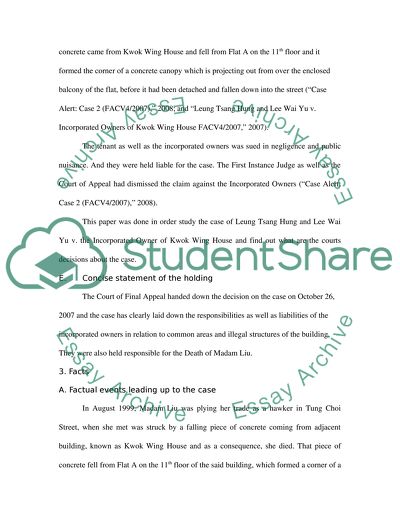Cite this document
(Leung Tsang Hung and Lee Wai Yu v. the Incorporated Owners of Kwok Outline, n.d.)
Leung Tsang Hung and Lee Wai Yu v. the Incorporated Owners of Kwok Outline. Retrieved from https://studentshare.org/law/1511950-leung-tsang-hung-and-lee-wai-yu-v-the-incorporated-owners-of-kwok-wing-house-hksar-facv42007
Leung Tsang Hung and Lee Wai Yu v. the Incorporated Owners of Kwok Outline. Retrieved from https://studentshare.org/law/1511950-leung-tsang-hung-and-lee-wai-yu-v-the-incorporated-owners-of-kwok-wing-house-hksar-facv42007
(Leung Tsang Hung and Lee Wai Yu V. The Incorporated Owners of Kwok Outline)
Leung Tsang Hung and Lee Wai Yu V. The Incorporated Owners of Kwok Outline. https://studentshare.org/law/1511950-leung-tsang-hung-and-lee-wai-yu-v-the-incorporated-owners-of-kwok-wing-house-hksar-facv42007.
Leung Tsang Hung and Lee Wai Yu V. The Incorporated Owners of Kwok Outline. https://studentshare.org/law/1511950-leung-tsang-hung-and-lee-wai-yu-v-the-incorporated-owners-of-kwok-wing-house-hksar-facv42007.
“Leung Tsang Hung and Lee Wai Yu V. The Incorporated Owners of Kwok Outline”, n.d. https://studentshare.org/law/1511950-leung-tsang-hung-and-lee-wai-yu-v-the-incorporated-owners-of-kwok-wing-house-hksar-facv42007.


